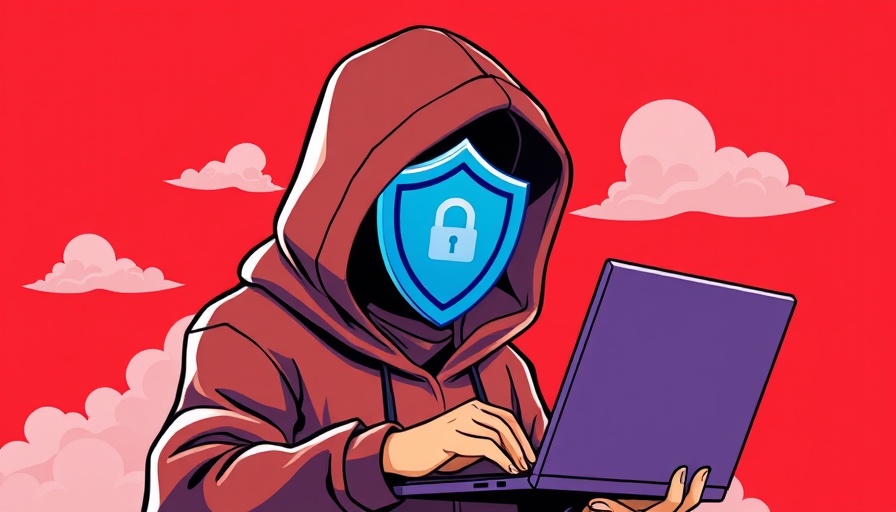
Why Keeping Kids Safe Online is Crucial Today
In a digital era where children grow up with smartphones and tablets in their hands, ensuring their safety online has become more than just a parental concern—it's a necessity. A recent forum titled 'Tech Savvy Tech Safe Forum,' organized by local councils like the one in Redlands Coast, highlighted the importance of online safety in a rapid digital landscape. As children engage more with the internet, parents are left to navigate the complexities of online threats ranging from cyberbullying to privacy invasions.
What's at Stake? Understanding Online Risks
Many parents may underestimate the risks associated with their children's online activities. Cyberbullying, excessive screen time, and exposure to inappropriate content are increasingly common challenges. According to studies, over 60% of adolescents report having experienced cyberbullying, highlighting the need for open dialogues around these topics. The forum emphasized the importance of understanding these risks and provided resources to help parents engage their children in meaningful conversations about online behavior.
Practical Tips for Parents: Navigating the Online World Safely
From implementing parental controls to fostering digital literacy, the forum offered a plethora of actionable insights for parents looking to protect their children. Experts from various fields recommend setting clear expectations regarding online time while encouraging device-free activities that promote face-to-face interactions. Such initiatives can significantly improve children's social skills and mental health.
Tools and Resources: Helping Parents Stay Engaged
To bolster safety measures, parents can take advantage of several tools and resources designed specifically for child safety. Popular parental control apps allow caregivers to monitor online activities, enforce screen time limits, and filter inappropriate content. Additionally, websites like Common Sense Media provide valuable reviews of educational apps and games, enabling parents to make informed choices.
Future Trends in Online Safety: Where are We Headed?
Looking ahead, the issue of online safety is likely to evolve as technology advances. With the increasing integration of AI in digital platforms, the conversations about ethics and data privacy will intensify. As parents, staying informed about these trends can empower them to take proactive measures to safeguard their children. Future forums will play a crucial role in equipping parents with the necessary knowledge and tools to handle emerging challenges effectively.
Encouraging Open Conversations About Internet Safety
Encouraging an open dialogue around internet use is fundamental in fostering a safe online environment. Parents should feel empowered to ask questions about their children's online interactions and openly discuss the potential dangers. Establishing trust can pave the way for children to feel comfortable sharing their online experiences, allowing parents to guide them through the complexities of digital citizenship.
 Add Row
Add Row  Add
Add 




Write A Comment